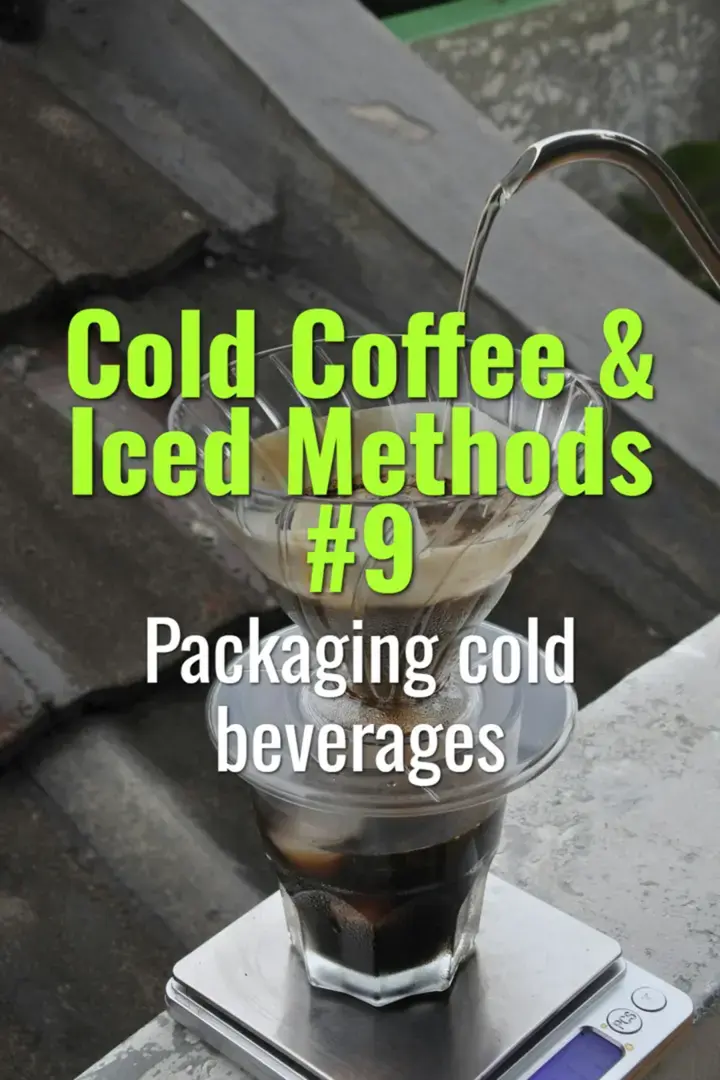Packaging cold beverages
How packaging choices affect cold coffee quality, safety, and consumer experience, from café service to retail bottling.
- Coffee Basics Nerds
- 2 min read
Article 9 of 12 in Cold Coffee & Iced Methods/

Key Packaging Goals
- Preserve freshness and flavor.
- Ensure microbial safety.
- Provide convenience and appeal to customers.
Packaging Options
- Glass Bottles:
- Inert, non-reactive, preserves flavor.
- Reusable and eco-friendly but heavier and breakable.
- PET Plastic Bottles:
- Lightweight, durable, cheaper.
- Risk of oxygen ingress over time.
- Cans (Nitro or Still):
- Airtight, excellent oxygen barrier.
- Enables nitro infusion and cascading pour.
- Higher equipment and production costs.
- Cartons / Tetra Pak:
- Shelf-stable if aseptically packaged.
- Widely used in retail but requires industrial processing.
Critical Considerations
- Oxygen Barrier: Exposure to oxygen accelerates staling; packaging with liners or coatings reduces ingress.
- Light Protection: UV light degrades coffee aromatics; opaque or tinted packaging helps.
- Seal Integrity: Proper capping or canning prevents contamination and leakage.
- Serving Format: Single-serve (200–330 ml) for grab-and-go vs larger multi-serve bottles (500–1000 ml).
Café-Level Packaging
- Fresh cold brew often sold in glass bottles or PET bottles for 1–3 day shelf life.
- Label with brew date and storage instructions (keep refrigerated).
Commercial Production
- Requires HACCP compliance and food-safe bottling facilities.
- Often includes pasteurization, sterile filtration, or nitrogen flushing for extended shelf life.
- Shelf life: 1–2 weeks refrigerated (unpasteurized) up to several months (pasteurized/aseptic).
Summary
Cold coffee packaging must balance freshness, safety, convenience, and cost. Glass preserves flavor best, cans enable nitro infusion, and PET offers practicality. Commercial operations extend shelf life with oxygen barriers and sterilization, while cafés focus on short-term freshness in simple, labeled packaging.